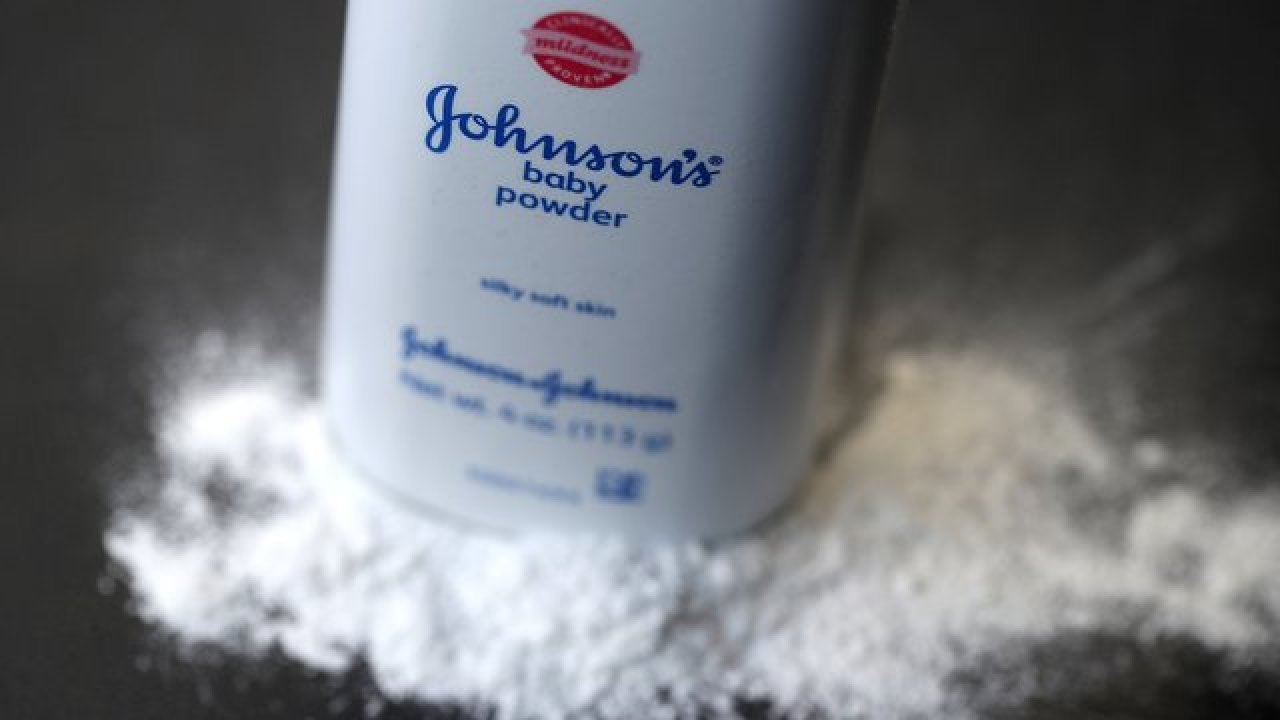
Thousands of personal injury lawsuits have been filed by victims of malignant mesothelioma against companies that sell and manufacture talc-based products, such as Johnson & Johnson, Colgate Palmolive, and Avon. But the corporate line has been that their talc is not tainted with asbestos. They further argue that talc by itself does not cause asbestos cancer. (mesothelioma.net)
But a recent clinical study performed by scientists at Duke University’s Department of Pathology found that ‘significant numbers’ of people diagnosed with mesothelioma have talc particles in their lungs.
Does Talc Exposure Cause Mesothelioma?
Duke University researchers wanted to understand whether exposure to talc plays a part in the development of mesothelioma in some patients. If so, what is the role it plays?
Guided by current knowledge about asbestos exposure usually causing the disease, the researchers looked at lung tissue samples from a large group of mesothelioma patients.
The researchers used light microscopy and electron microscopy with an energy dispersive spectrometer to identify asbestos, talc, and related mineral fiber concentrations of 5 µm or higher in size. They looked at lung tissue samples from 610 patients who were diagnosed with mesothelioma to those of 20 previously published control samples.
Talc Particles Found in 62% of Mesothelioma Patients
The results of the study have turned heads because more than 60% of patients had talc fibers in their lungs causing mesothelioma. This study will probably be mentioned in future asbestos cancer lawsuits against corporations that sell talc-based products to consumers.
Sixty-two percent of mesothelioma patients with talc fibers in their lungs was a significantly higher percentage than the talc particles found in the control group. Elevated levels of talc particles were found in 9% of men and 20% of women. This study also showed significant percentages of parietal plaques and asbestosis associated with talc.
A history of being employed in industries that have asbestos exposure is identified in most men and women, and most of the patients’ levels of talc were indistinguishable from background, at least 11% had higher talc levels. This fact leads many experts to believe that talc may play a factor in the development of mesothelioma.
More Studies Confirm That Cosmetic Talc With Asbestos Can Cause Cancer
While the debate is still ongoing about talc’s role alone affects the development of mesothelioma, a new study was released in March 2020 that shows that long-term exposure to talcum powder contaminated with asbestos particles causes mesothelioma.
SEE ALSO: Clinical Study Trials for Mesothelioma Cancer (2020)
According to researchers at Peninsula Pathology Associates in Newport News, Virginia, people using cosmetic talc regularly could be putting themselves at higher risk of asbestos cancer.
Peninsula’s clinical study featured 75 mesothelioma patients who thought their sole exposure to asbestos was through the use of talcum powder. The American Journal of Industrial Medicine released the study last month. That was just five months after a related study at the Zucker School of Medicine at Hofstra/Northwell in New York looked at 30 other cases. (Onlinelinelibrary.wiley.com)
The study researchers wrote that the conclusions of the present and other recent studies indicate that talc could be a cause of mesothelioma.
Mesothelioma Is Not Just an Occupational Cancer
The talcum powder evidence might explain why more mesothelioma patients are women, who do not usually work in blue-collar jobs as many men do. It is possible that cosmetic talc exposure could account for some of the mesotheliomas that were earlier described as idiopathic in women, according to study author Theresa Emory, Ph.D.
Of the 75 mesothelioma cases in the study, 11 were checked for asbestiform particles, which are known to be carcinogenic. Non-tumorous tissues that were in all 11 showed there was anthophyllite or tremolite asbestos present. These types are seldom found in industrial exposure mesothelioma cases.
Earlier in March 2020, the FDA announced it had found asbestos-laced talcum powder in nine of 50 cosmetic products it studied for a year. All of the product lots were recalled.
The most significant finding was in October 2019 when the FDA found evidence of asbestos in a lot of J&J Baby Powder. Those findings fueled thousands of new personal injury lawsuits by consumers who think they were harmed by talcum powder. (Bloomberg.com)
Should FDA Regulate Cosmetic Talc?
The above study of 75 cosmetic talc cancer cases included four that were related to the occupation of the patient, such as a barber or cosmetologist.
The mean age at cancer diagnosis was 61. That is eight years younger than the US average for mesothelioma diagnosis. Twelve of the cases in the study were diagnosed before 45. The average duration of exposure was 33 years. The mean mesothelioma latency time from first exposure to diagnosis was 50 years.
Exposure levels were not studied, but all patients said they were exposed to talcum powder for decades.
The conclusion of the study suggests to some experts that the FDA should study regulating cosmetic talc products. Large, controlled studies should be conducted to assess the risk of developing asbestos cancer after repeated talc exposure, the study authors wrote.



